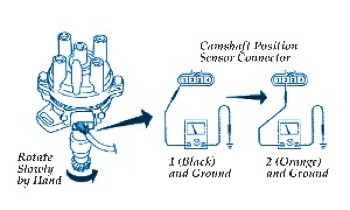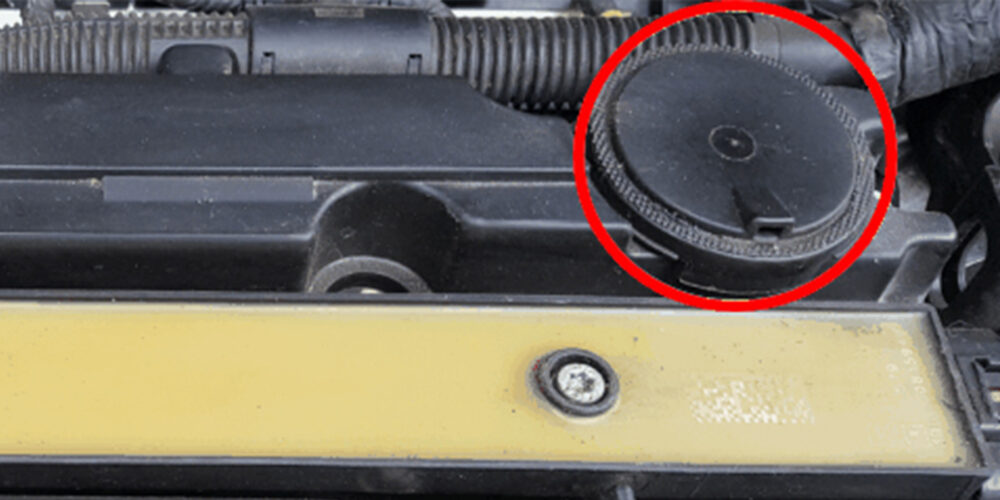Application:
Most Nissan vehicles, 1984 and newer, equipped with optical disc sensor distributors.
Problem:
Engine turns over, but does not start.
Solution:
Many Nissan vehicles have a power transistor controlling the coil (or igniter). The power transistor is a separate unit on optical distributors. It allows the signal sent from the ECU (low current) to activate the primary circuit in the ignition coil (higher current). This induces high voltage in the secondary windings of the coil, providing spark to the distributor cap and plugs. If this transistor is faulty, the necessary spark will not result. The distributor is often blamed for this, but before replacing it, perform the tests below.
Tests before replacement:
1. Test power transistor and coil. Refer to the service manual for specific test procedures.
2. Check ECC fuse and/or fusible link at the fuse box.
3. Check ECC relay, typically a black/white wire, for 12V.
4. Check for 12V at distributor; typically an orange wire, pin 2.
5. Check continuity of all wiring going to and from the computer, transistor and distributor.
6. To test optical sensor in the distributor, remove the distributor cap and the distributor, but leave the harness to the sensor connected. Turn the ignition switch on (Do Not Start The Engine). Rotate the distributor shaft slowly by hand and check the voltage between terminal 1 (black) and ground, and then between terminal 2 (orange) and ground. Measure voltage on 12V DC scale; it should fluctuate between 0 and 5 volts DC.
Note: 1993-’96 Altima, 2.4L, Cardone P/N 31-58470 with no start or driveability could be caused by engine oil coating the optical disc or cap terminals. Replace the PCV valve before installing the distributor. See Fig. 1.
Courtesy of CARDONE.













